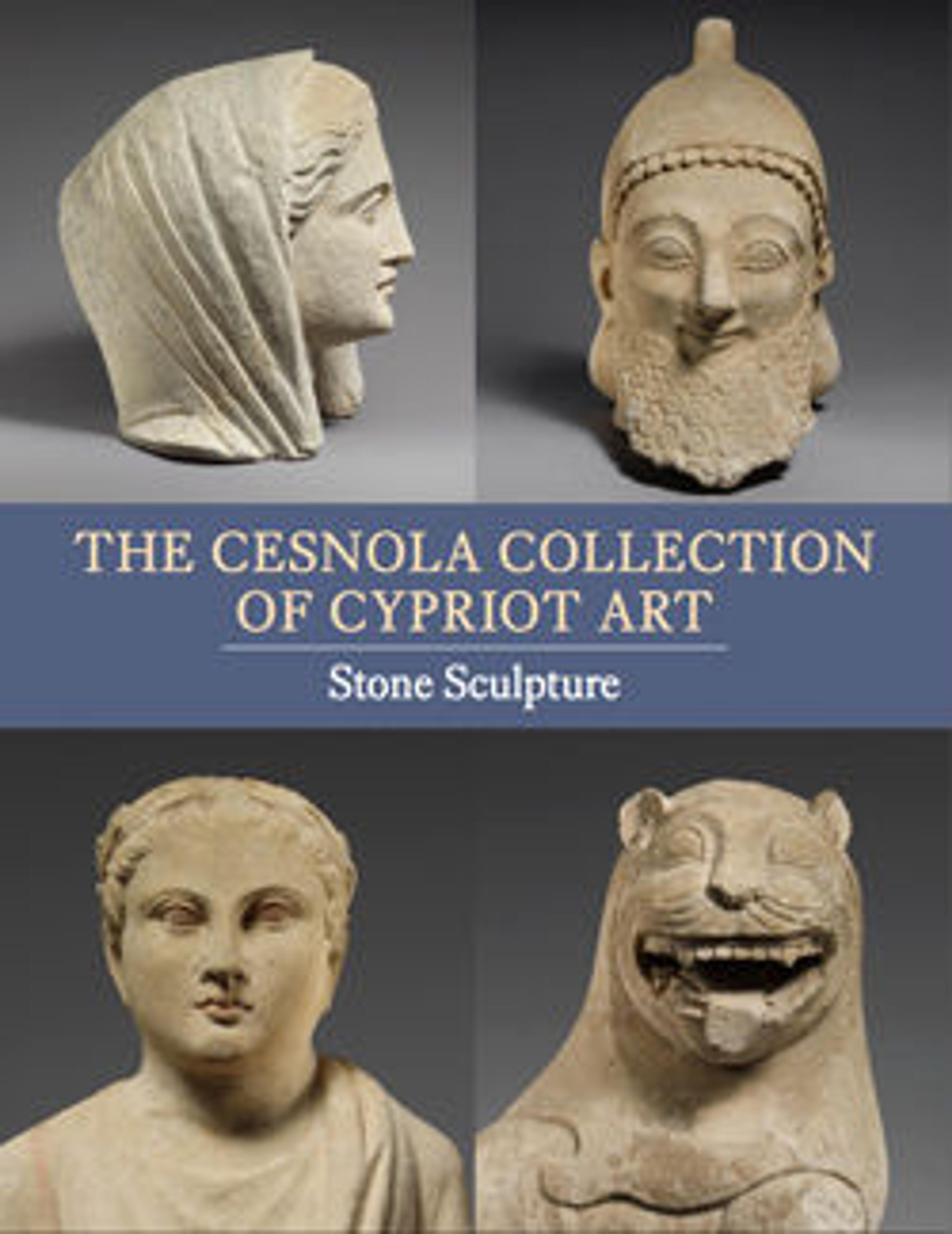Limestone funerary stele (shaft) with a "Cypriot capital"
Rectangular shafts topped by capitals such as this were carved on Cyprus from the seventh through the fifth centuries B.C. Most come from Golgoi or Idalion. The capital is composed of several motifs that were well known in the eastern Mediterranean world. An Aeolic capital, marked by two volutes emerging from a triangular base, serves as support for two pairs of curving fronds between which rises a "tree of life" flanked by sphinxes. The Aeolic-style capital derived from floral motifs that go back in date to the Bronze Age. The earliest known stone capitals of this type date to the tenth to ninth century B.C. and were found in Palestine. They were apparently influenced by Phoenician examples, and it may well have been the Phoenicians who brought the motif to Cyprus. The symmetrical, stylized "tree of life" motif also originated in the Bronze Age and was used in a wide variety of media throughout the eastern Mediterranean area. Both motifs have connotations of fertility and the renovation of nature.
Artwork Details
- Title: Limestone funerary stele (shaft) with a "Cypriot capital"
- Period: Classical
- Date: 5th century BCE
- Culture: Cypriot
- Medium: Limestone
- Dimensions: 54 × 32 × 8 in. (137.2 × 81.3 × 20.3 cm)
- Classification: Stone Sculpture
- Credit Line: The Cesnola Collection, Purchased by subscription, 1874–76
- Object Number: 74.51.2493
- Curatorial Department: Greek and Roman Art
More Artwork
Research Resources
The Met provides unparalleled resources for research and welcomes an international community of students and scholars. The Met's Open Access API is where creators and researchers can connect to the The Met collection. Open Access data and public domain images are available for unrestricted commercial and noncommercial use without permission or fee.
To request images under copyright and other restrictions, please use this Image Request form.
Feedback
We continue to research and examine historical and cultural context for objects in The Met collection. If you have comments or questions about this object record, please contact us using the form below. The Museum looks forward to receiving your comments.
